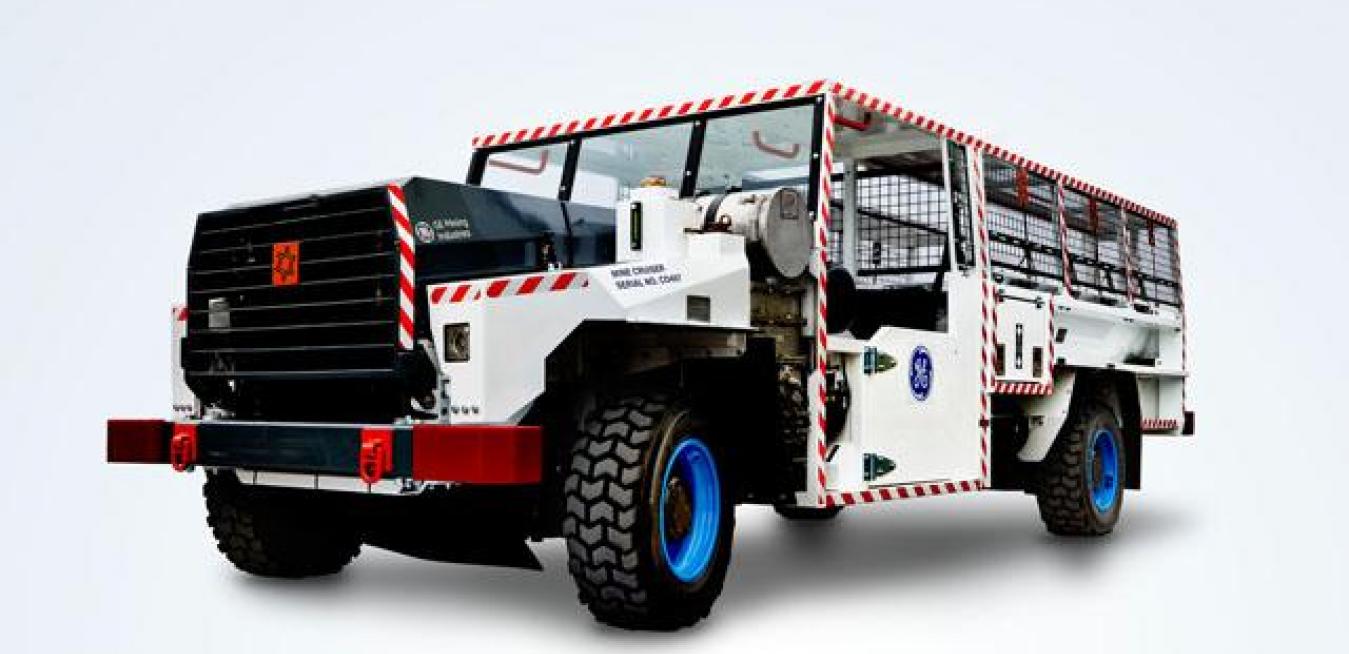Some mines use steel cages to transport their workers straight down into the maze of tunnels. Others use steep roads - known as drifts - that descend from the surface. Miners use these portals to travel in a dolly car to reach what is known as the pit floor.
But simply reaching the pit floor of an underground coal mine is only half the journey. Miners still have to make their way to the rock face.
“Once the miners have reached the pit floor for the start of their eight hour shift, they may then be required to continue their journey to their work area in an underground mine vehicle,” explained Sean Lynch, manufacturing supervisor, at GE Industrea.
Coal dust can ignite if it reaches 163 degrees so it is critical to have underground transportation with controlled surface temperatures. Industry regulations require external surfaces to stay below 150 degrees celsius.
GE Industrea’s, Mk7.0 Industrea Mine Cruiser, manufactured in Australia, operates with a 4.3 litre, 4-cylinder diesel and is designed to prevent sparks or excess heat.
Inside the engine, spark arrestors and pressure-tested components work to contain the combustion process.
Then as exhaust leaves the cylinders, a water jacket around the exhaust manifold keeps the surface temperature down. The exhaust itself also goes through a water bath to remove particulates and cool its temperature.
“When the gas comes out into the atmosphere, it’s below 77 degrees celsius” Mr Lynch explained.
The engine also has an advanced shut-down system that is activated if a high concentration of methane gas is present in the atmosphere.
“All the components are designed to go into a hazardous zone,” Mr Lynch said.
The vehicles are assembled at GE Industrea’s workshop in Thornton, New South Wales.
GE acquired Industrea in November 2012, and the company recently sold its 500th Mine Cruiser.





